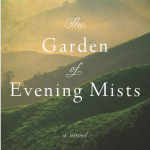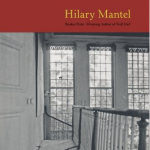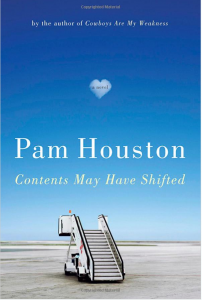In its continuing series “Problem Solvers” the NY Transit Museum is sponsoring a discussion on March 13th between Ben Kabak of the blog Second Avenue Sagas and Gene Russianoff of the Straphangers Campaign. This discussion will focus on the intricate funding streams that power the MTA. Issues under discussion will include:
- How much of the operating costs do fares cover?
- What role do the New York City and State governments play in raising operating and capital funds?
- How does the financing picture compare with financing public transit in other large cities in the US?
When: Wednesday, March 13th, 6:30 pm
Where: The New York Transit Museum, Corner of Boerum Place and Schermerhorn Street, Brooklyn
Admission: Free, but you need a reservation.








